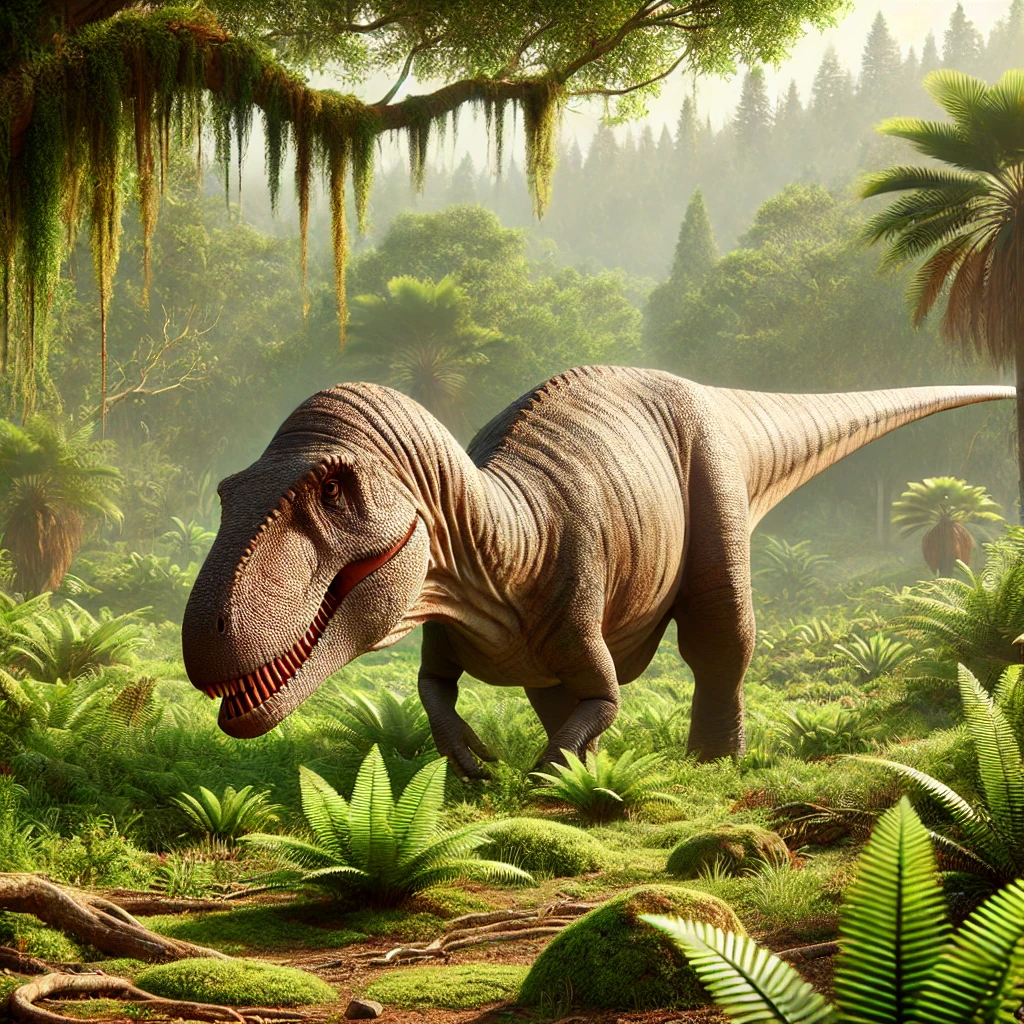What Dinosaur Has 500 Teeth? Unraveling the Mystery of Nigersaurus
Dinosaurs have fascinated scientists and enthusiasts for centuries. From the towering T. rex to the horned Triceratops, these ancient creatures ruled the Earth for millions of years. Among the many fascinating species, one dinosaur stands out for its bizarre and intriguing feature—its 500 teeth. This dinosaur is none other than Nigersaurus, a unique and peculiar herbivore from the Cretaceous period. But what makes Nigersaurus so special, and why did it evolve to have such an extraordinary number of teeth? Let’s dive into the details.
Discovery of Nigersaurus
Nigersaurus was first discovered in the Sahara Desert of Niger, Africa. The first fossils were found in the 1950s, but it wasn’t until the late 1990s that paleontologists fully studied and described this remarkable dinosaur. The credit for its scientific recognition goes to Paul Sereno, an American paleontologist, who led expeditions that unearthed more complete fossils, allowing researchers to understand this strange dinosaur better.
Classification and Physical Characteristics
Nigersaurus belonged to the Rebbachisauridae family, a group of sauropods, which were long-necked, plant-eating dinosaurs. Unlike its famous relatives such as Brachiosaurus and Diplodocus, Nigersaurus had a relatively short neck and a uniquely designed skull. It measured about 30 feet (9 meters) in length and weighed approximately 4 tons, making it a medium-sized sauropod.
The 500 Teeth Phenomenon
One of the most intriguing aspects of Nigersaurus was its dental structure. Unlike most dinosaurs, which had conventional teeth suited to their diets, Nigersaurus had a broad, flattened snout packed with an astonishing 500 teeth. These teeth were arranged in rows and constantly replaced throughout its lifetime. But why did this dinosaur need so many teeth?
The Function of Nigersaurus’ Teeth
Nigersaurus was a herbivore that primarily fed on low-lying vegetation. Its teeth were specially adapted for this purpose. The teeth were thin and closely packed, forming a kind of dental battery, much like a conveyor belt. As teeth wore down from constant grazing, new teeth continuously replaced the old ones, ensuring the dinosaur always had a functional set for efficient feeding.
This adaptation suggests that Nigersaurus was a grazer, similar to modern cows or other herbivorous mammals. However, instead of chewing, it snipped and cropped vegetation, likely consuming ferns and other soft plants growing near the ground.
Unique Skull and Feeding Habits
Another interesting feature of Nigersaurus was its lightweight skull, which had numerous openings, making it more delicate compared to other sauropods. Its wide, straight mouth and forward-facing teeth made it look very different from its long-necked relatives.
Paleontologists believe that Nigersaurus likely used its wide mouth to sweep across the ground, efficiently gathering plant material without needing to lift its head much. This feeding style would have been an advantage in its habitat, which was rich in ferns and soft vegetation.
Nigersaurus’ Habitat and Environment
Nigersaurus lived approximately 110 million years ago during the mid-Cretaceous period in what is now modern-day Niger, Africa. At that time, the region was not a desert but a lush, tropical environment filled with rivers, lakes, and dense plant life. This ecosystem supported a variety of dinosaurs, including theropods (meat-eating dinosaurs) and other large herbivores.
Scientists believe Nigersaurus coexisted with predators like Suchomimus, a large, crocodile-like dinosaur, and other herbivores that occupied different ecological niches.
Why is Nigersaurus Important in Paleontology?
Nigersaurus holds a special place in paleontology because of its distinctive skull structure, unusual teeth arrangement, and unique feeding mechanism. Its discovery helped scientists better understand the diversity and adaptability of sauropods. Unlike the traditional image of long-necked dinosaurs that reached high into the trees, Nigersaurus adapted to feeding close to the ground, showing the incredible variation among plant-eating dinosaurs.
Fun Facts About Nigersaurus
- Nigersaurus had more than 500 teeth, but they were small and continuously replaced.
- It had a shorter neck compared to other sauropods, making it specialized for low browsing.
- Unlike other dinosaurs, its teeth were located in the front of its mouth, giving it a unique appearance.
- Nigersaurus had an extremely light skull with large air pockets, making it one of the most delicate skull structures among dinosaurs.
- It lived in a wet, tropical environment, vastly different from the modern-day Sahara Desert.
Conclusion
Nigersaurus may not be as famous as the T. rex or Velociraptor, but it certainly holds its own in the world of fascinating dinosaurs. With its 500 teeth, bizarre skull structure, and grazing habits, this dinosaur is a perfect example of how evolution shapes creatures to fit their environments.
Next time someone asks, “What dinosaur has 500 teeth?”, you can confidently answer: Nigersaurus! And now, you know all about this strange yet wonderful dinosaur from the ancient past.
What Dinosaur Has 500 Teeth? Meet the Incredible Nigersaurus

